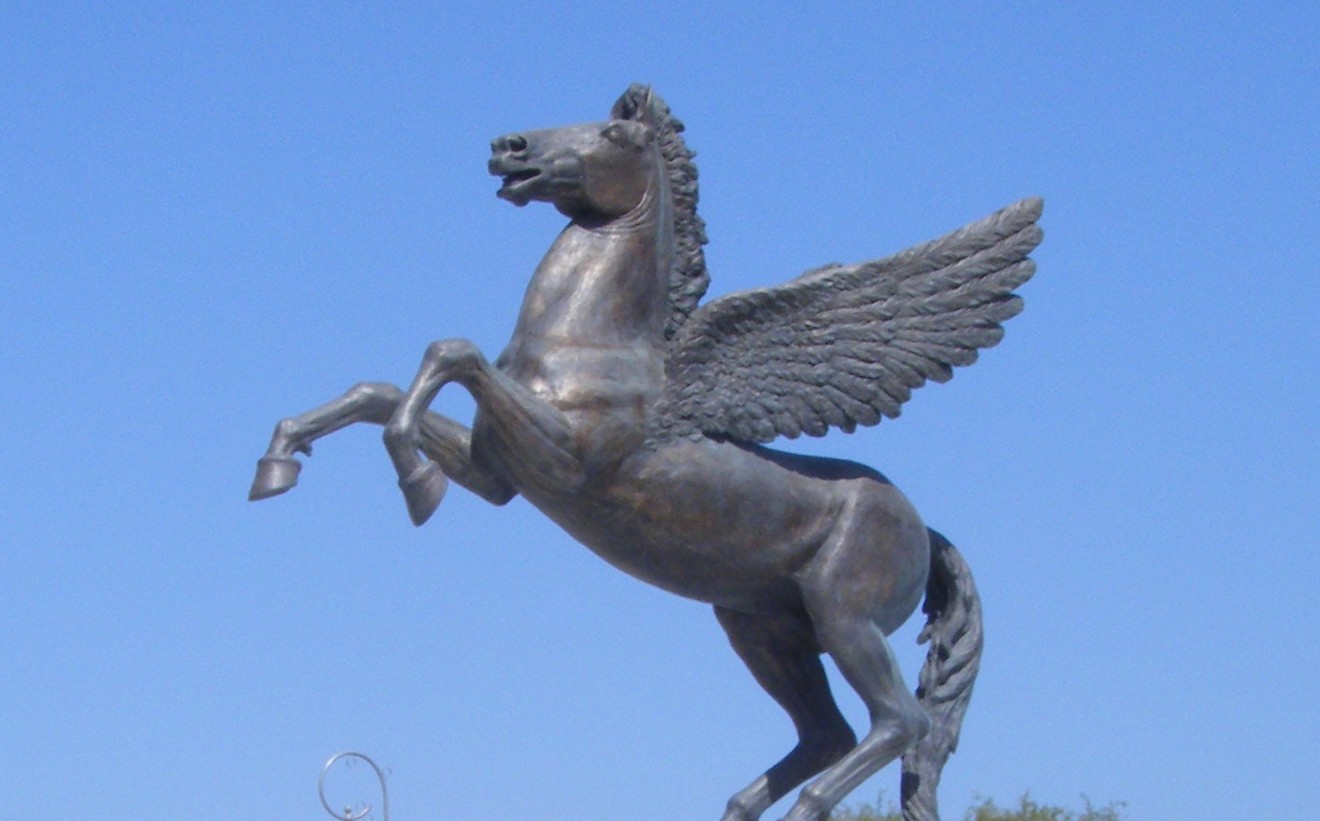Movements between Asia Minor and the Balkans
I have been in many conferences in my research life but I have never encountered such a well organised conference as the one that takes place in Romania annually for the past five years. It is called Le Livre. la Roumanie. L’ Europe but it invited panels across the spectrum of Humanities. Adrian Dumitru was kind to invite me for the second year to present a paper on the movement of coins from Asia Minor to The Balkans and vice versa.
This time the conference took place in the resort city of Mamaia on the shores of the Black Sea. Even if the sea was too cold to swim, we all enjoyed the vast beach and the incredible views. We also had the advantage of having the town for ourselves, since all of its summer residents returned to their jobs back in Bucharest. Most memorable was the Romanian hospitality and kindness of the people who tried to help us weary travellers.
With regard to the papers in our panel, I was happily surprised to notice that they were truly interdisciplinary and they covered all aspects of movements: people, ideas, artefacts e.t.c. The participants, most of which came from Balkan countries, elaborated on new evidence that indicate the close connections between the two geographical areas during the Classical, Hellenistic and Roman periods. It is always refreshing to listen to research based on newly acquired inscriptions that reveal hidden aspects of the ancient world. Such occasions do not appear often and should be appreciated at every turn.


Hello, I am always proud to hear about my sweet country and the accomplishments my people have. I would only humbly ask of you to replace Rumania with Romania, and thus Rumanian becomes Romanian. I hope this does not bother you, for it’s like writing Grek instead of Greek! Thank you!
You are right, of course! I must have been in a Greek mood when I wrote the piece, where we pronounce Romania as Rumania.